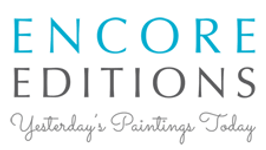Mary Cassatt
Mary Cassatt was an American Impressionist painter and printmaker who helped pave the way for women’s art. Born in 1844 in Pittsburg, Pennsylvania, Cassatt was raised by a higher middle class family whose mother encouraged her to pursue her love of painting. At fifteen years old, Cassatt attended school in Philadelphia, studying painting at Pennsylvania Academy of Fine Arts. Though at the time women were accepted into the school, they were limited to what they could draw and were subjected to criticisms from their male counterparts. After a few years, Cassatt grew tired of the patronizing men and withdrew to study on her own.
In 1866, she moved to France and studied privately with masters, as well as copying paintings at the Louvre for extra money as many women did in that time. Two years later, she became one of the two first American women to exhibit in the Salon and continued to take private lessons with teachers from the gender restricted art school École des Beaux-Arts. Though she spent some time back in the United States for a few years with little success, she returned and settled in France to begin to paint in the Impressionist style introduced to her by her new mentor, Edgar Degas. Through the next few years, Cassatt contributed to the Impressionist exhibit and won high acclaim, showing with the likes of Monet and Degas. It wasn’t until 1886 that she began to paint in her own style with an emphasis on the individualism of women and children in private settings.
Throughout her career, she faced much opposition for being a female artist, not just from society, but also from her family and close friends. Before her death, she showed over a dozen paintings at a women’s suffrage exhibition to support the movement. In 1915, diabetes took her eyesight and she was unable to continue to paint for a little over a decade when she passed away on June 14, 1926.
